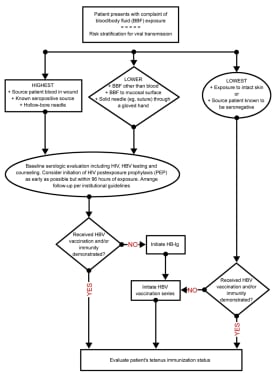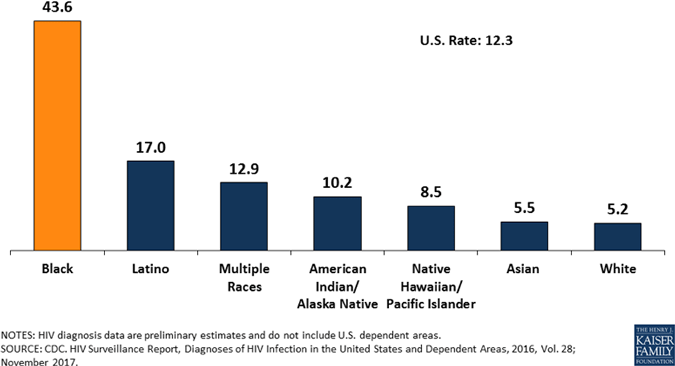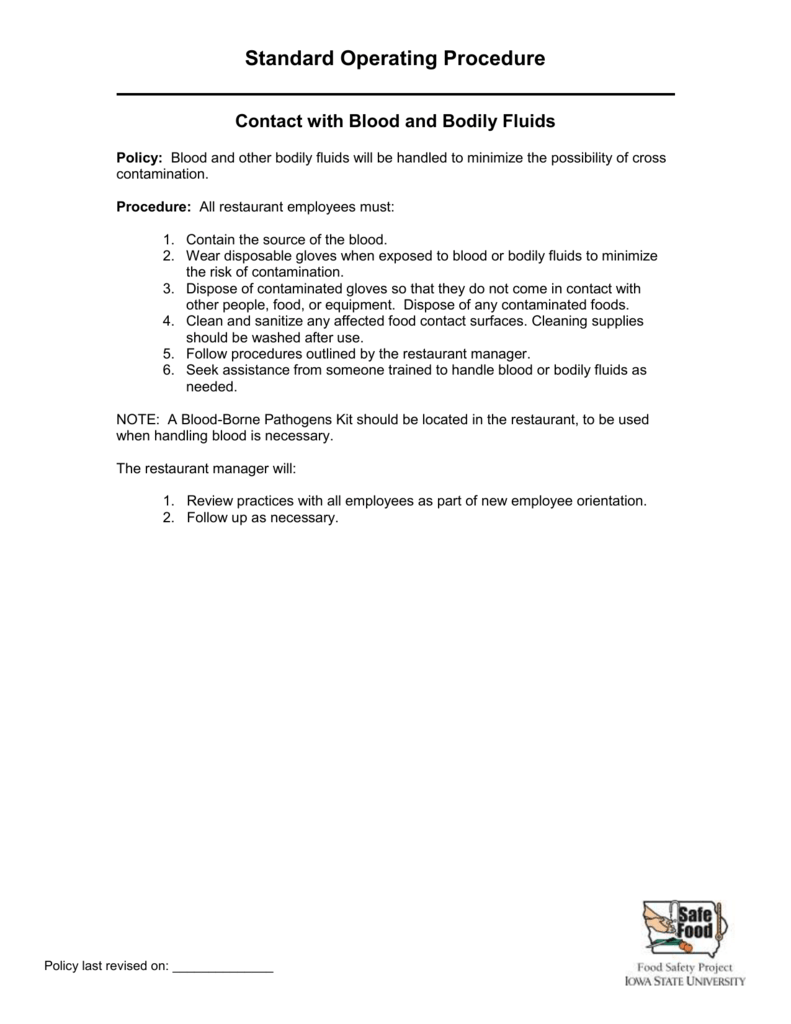

- #Blood is the only bodily fluid that can carry pathogens how to
- #Blood is the only bodily fluid that can carry pathogens skin
The CDC has reported 57 documented cases and 140 possible cases of HIV transmission to U.S. The estimated risk of HIV infection from a sharps injury is about 0.3 percent (1 in 300). This can mean both patient and health care worker are unaware of potential exposure risks. Approximately 1 in 7 do not know they have HIV because they have not been tested. The person is also more vulnerable to pneumonias, intestinal disorders, and fungal infections. Once a person becomes immunocompromised, he or she can exhibit symptoms of weight loss, persistent low-grade fever, night sweats, and flu-like symptoms. Human immunodeficiency virus (HIV) disables the body’s immune system until it is no longer capable of fighting infection. This puts them at risk of exposure to blood and body fluids and vulnerability to bloodborne pathogens. When personal protective equipment is not readily available or accessible, employees are less likely to wear it.
#Blood is the only bodily fluid that can carry pathogens skin
#Blood is the only bodily fluid that can carry pathogens how to
Employees trained in First Aid and CPR should receive training annually on how to protect themselves from possible infectious materials. These barriers can reduce the risk of exposure to potentially infection materials. These precautions include the use of barriers such as, surgical rubber gloves, mouthpieces for CPR, aprons and protective eyewear, which should all be located in First Aid Kits. Using the idea of “Universal Precautions” will reduce your risk of infection. A copy of this program can be found in the Gribbins Insulation Safety Manual.Īlways protect yourself by presuming blood and other bodily fluids contain blood borne pathogens.

This plan must be updated annually to reflect technological changes that will help eliminate or reduce exposure to blood borne pathogens. This plan is in place to eliminate or minimize employee exposure.

Gribbins Insulation has established an exposure control plan. It is imperative that employees take the necessary precautions to protect themselves from possible infectious material. Bloodborne pathogens are usually transmitted when disease organisms enter the body through mucus membranes or breaks in the skin. The types of diseases caused by bloodborne pathogens include hepatitis B and C and human immunodeficiency virus (HIV). Bloodborne pathogens are not visible, so employees should take necessary precautions whenever these situations occur.īloodborne pathogens are microscopic organisms that are carried in the blood and other bodily fluids that can cause disease to humans. Bloodborne pathogens may not be a hazard that we face every day on jobsites, but it is important that employees are aware of these hazards and know what to do if they are faced with them.


 0 kommentar(er)
0 kommentar(er)
